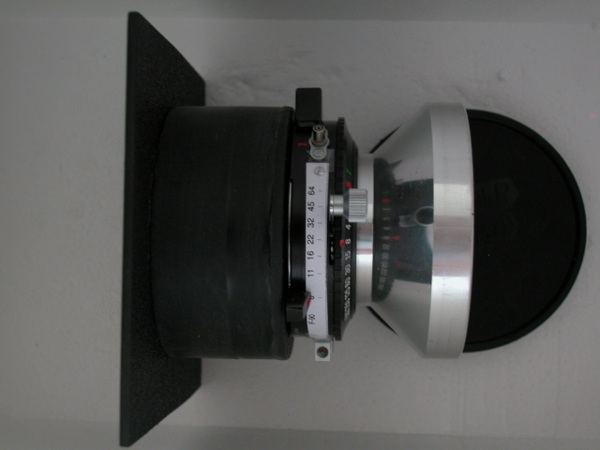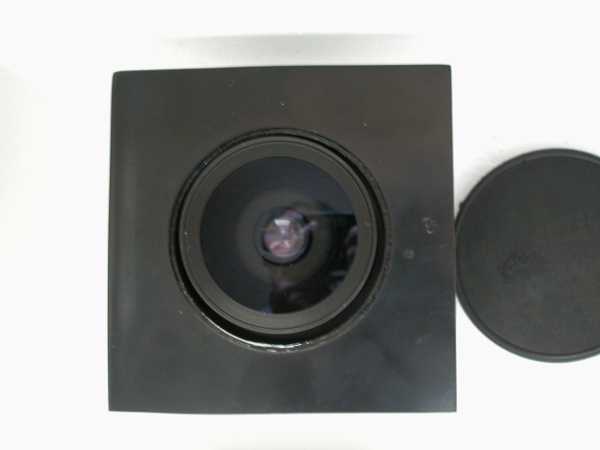MPP VII Technical Camera
The MPP VII was something of an impulse buy - I certainly did not need a second 5x4 camera. However, an MPP was my introduction to 5x4 cameras many years ago, and this one was ‘born’ the same year I was, and not very many miles away.
The MPP VII is an all-alloy camera that sits somewhere between the press cameras of the first half of the 20th Century, and the more common wooden field camera. Movements are more limited than a wooden or modern technical camera, but the option of scale and rangefinder focusing is not normally present on wood field cameras. Many of the movements are geared, while wood field cameras tend to use friction locks on sliders. This is all very typical of large format cameras, where no two models are exactly alike in capabilities.
One thing the MPP does not do well, is handle short focal length lenses. The focus rail is in two parts, a short section inside the body, and the main section on the drop-down front. The rails are linked with flexible couplings. A 90mm, like the Schneider Super-Angulon f8 with a 98mm flange focal length, does not sit on the main rail. To use it on the internal rail it has to be extended forward from the lens board using a cone or top-hat board. This is contrary to more normal practice where wideangles are often mounted in recessed boards to get more bellows extension, and thus more movements, while keeping the flange focal length correct. The 90mm F8 SA needs a 32mm top-hat board to focus comfortably using the inner rail. These are not common items, so fabrication may be the best bet.
My extension board was made from ABS sheet and a cut-down ABS plumbing pipe joint. The ABS sheet had a textured surface that resembled the leatherette texture. Purely coincidental, but it is a nice touch.
The 90mm Super Angulon f8 will normally see the end of the focus rail unless the bed is dropped. An alternative to dropping the bed is to tilt the top of the back to the rear, and put in an equivalent front tilt back to keep the standards parallel. This emulates dropping the bed, and has the added advantage that you can get the effect of front tilt forward, something that the MPP VII does not provide. For landscape work this also adds a little front fall. Either method of dropping the bed will invalidate any focus scales designed for the normal bed position and zero tilt, but it is easy enough to add new scales and index marks.
The 90mm focal length is a useful choice if one wants to use a roll film back on the camera. For a 6x6 back 90mm is a long standard, for 6x7 it is standard, for 6x9 it is a short standard, and for 6x12 it is a moderate wide-angle which makes for decent panoramics. It also works well for panoramics done with a half darkslide mask or an in-camera mask to get two 2x5 inch exposures on 4x5 film.

90mm f8 Super Angulon mounted in the new ‘cone’ mount. This lens has been reshuttered to a Copal 0 from a Synchro-Compur, hence the temporary aperture scale.

The mount from the back. The rear element is a close fit to the diameter of the plumbing part.

Mounted on the MPP VII Technical.